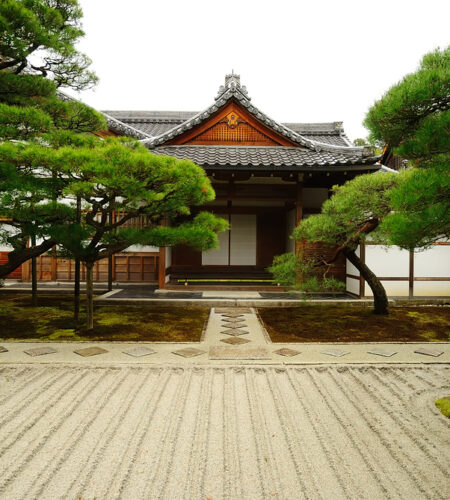In the tranquil world of gardening, Bonsai cultivation stands out as a unique and deeply rewarding practice. Rooted in ancient Japanese traditions, this art form goes beyond mere horticulture, embodying a blend of artistic expression, patience, and a profound connection with nature.
Bonsai, which literally translates to ‘planted in a container’, is more than just growing miniature trees; it is a meditative practice that reflects the beauty and impermanence of life.
The essence of Bonsai lies in its ability to mimic the scale and form of mature, full-sized trees in miniature. This is achieved through careful and deliberate techniques of pruning, wiring, and shaping. Each Bonsai tree is a living sculpture, a testament to the grower’s skill and dedication. The process is slow and deliberate, often spanning years, if not decades. This slow cultivation fosters a deep sense of mindfulness and connection with the natural world, making Bonsai gardening particularly appealing to those seeking a peaceful and engaging hobby.

In addition to the aesthetic and meditative aspects, Bonsai cultivation is steeped in the principles of Japanese philosophy and aesthetics. Concepts like wabi-sabi, which finds beauty in imperfection and transience, and yugen, which suggests a profound depth and subtlety, are integral to the practice. Each Bonsai is a representation of nature’s beauty and resilience, often styled to reflect the harsh conditions in which trees survive in the wild.
Bonsai is not just limited to the iconic Japanese maple or pine. Practitioners can explore a wide variety of tree species, each offering different challenges and aesthetic qualities. From flowering cherries and apricots to sturdy oaks and elms, the choice of plant material is vast, allowing for a diverse range of expressions within the art form.


The practice of Bonsai also extends to the design and creation of the garden environment itself. Traditional Japanese gardening principles can be applied to the arrangement of Bonsai trees, stones, water features, and other elements to create a harmonious and tranquil space. These gardens are designed to be sanctuaries of peace and reflection, offering a respite from the fast-paced modern world.
For those embarking on the journey of Bonsai cultivation, the rewards are manifold. It is an exercise in patience and persistence, a creative outlet, and a way to deepen one’s appreciation for the subtleties of nature. The practice also fosters a sense of community among enthusiasts, who share knowledge, techniques, and experiences.
Conclusion
In conclusion, Bonsai cultivation and the art of Japanese gardening offer a unique blend of horticulture, art, and philosophy. This practice invites individuals to slow down, engage deeply with the natural world, and create living works of art that can be nurtured and cherished over a lifetime. As more people discover the joys of Bonsai, they continue the tradition of this ancient and beautiful art form, enriching their lives and those of future generations with its serene beauty.



Comments